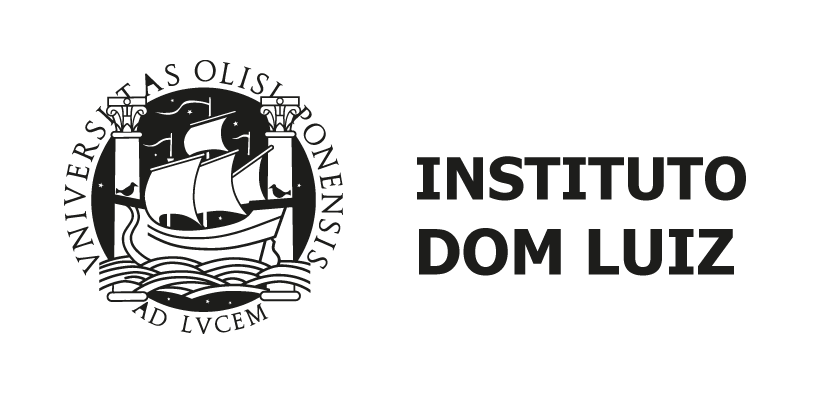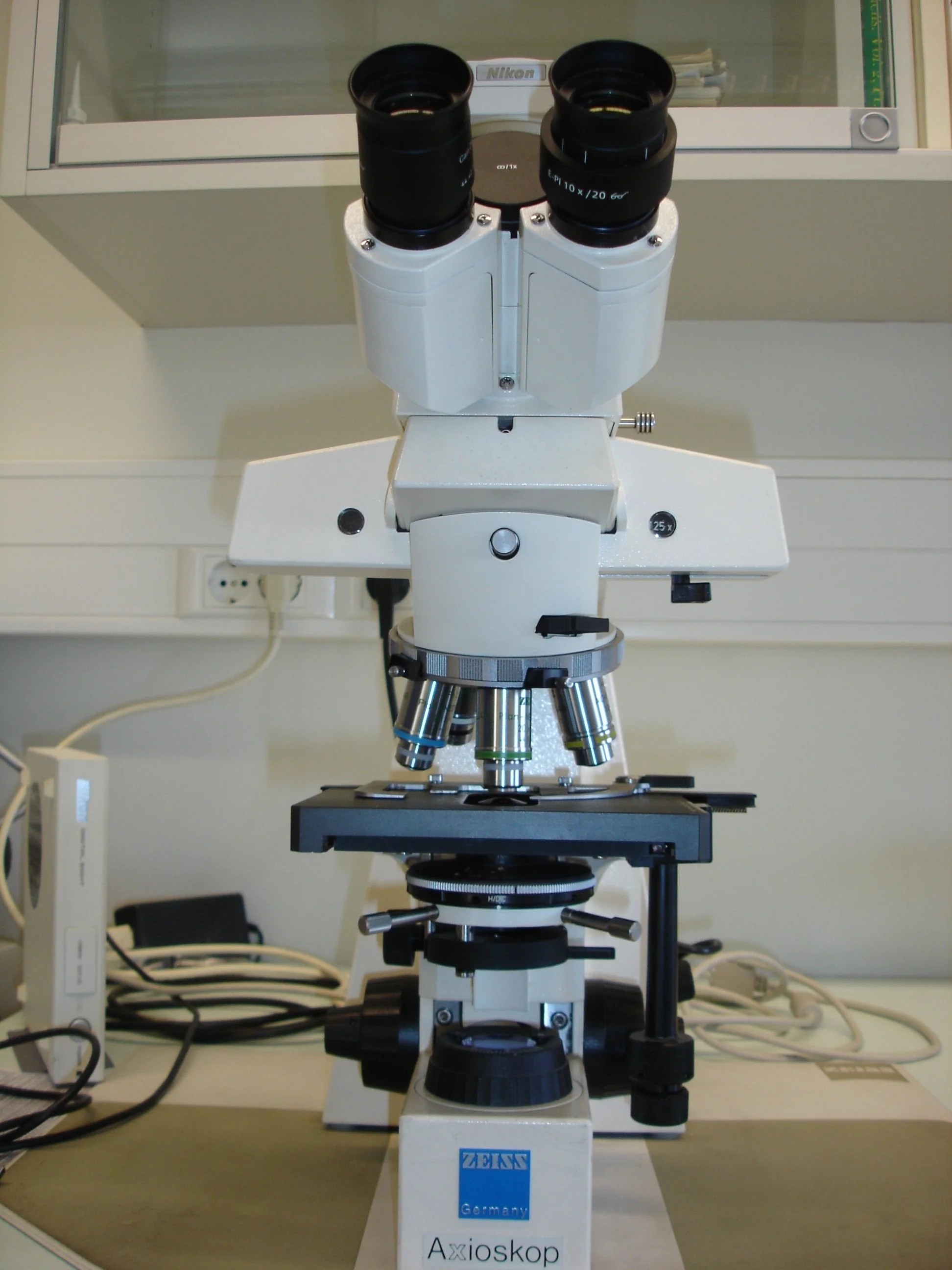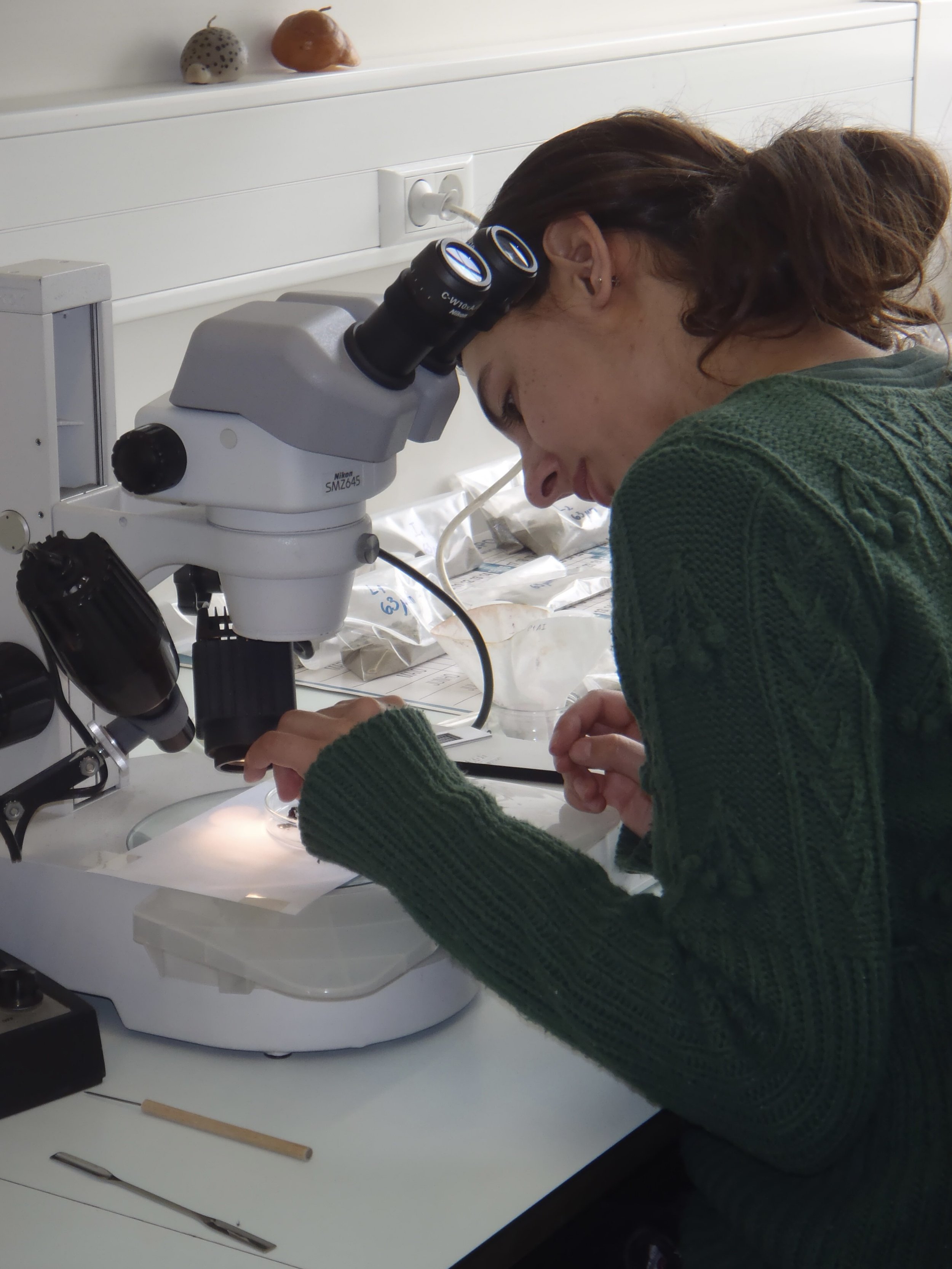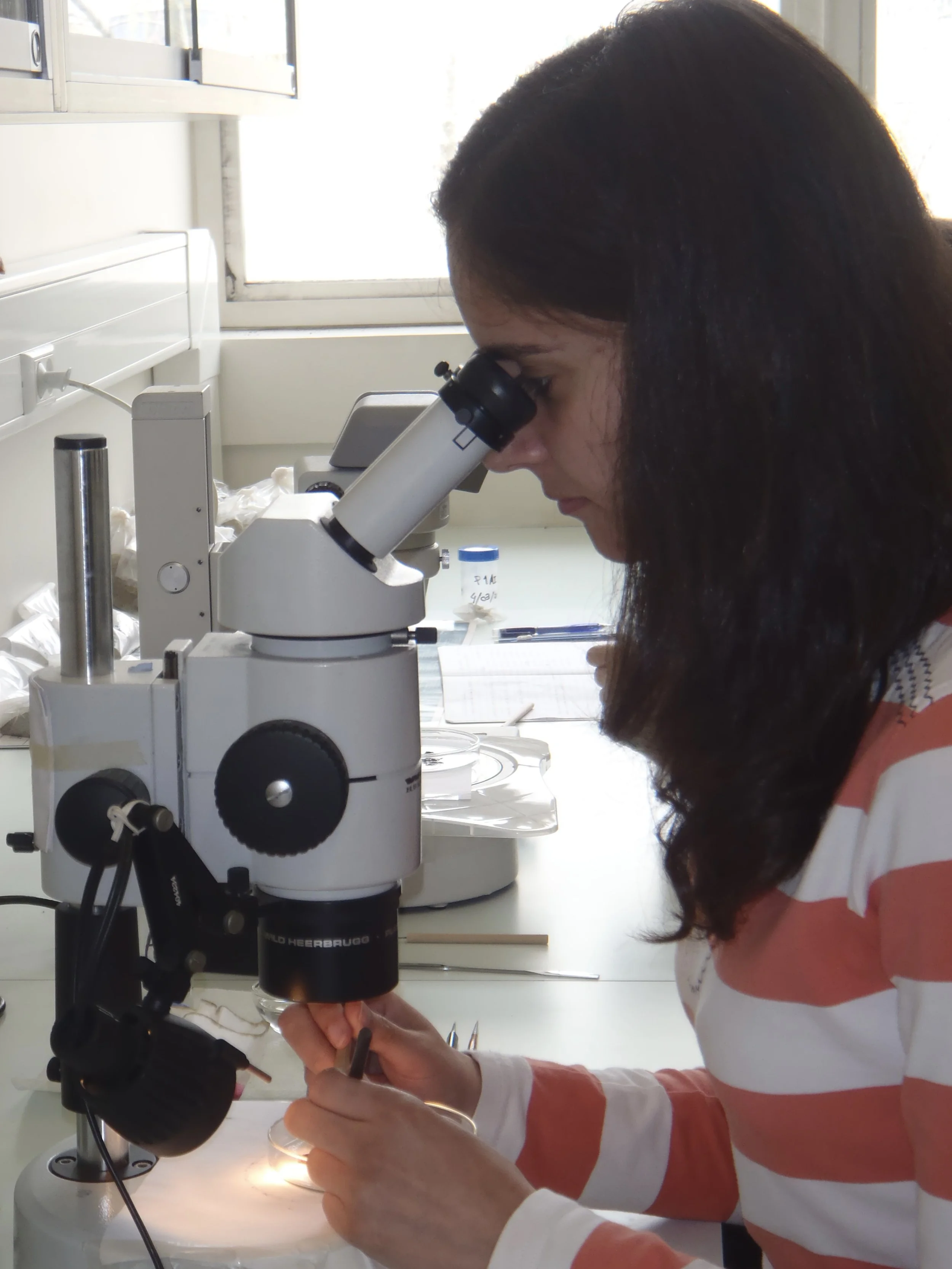Micropalaeontology Laboratory
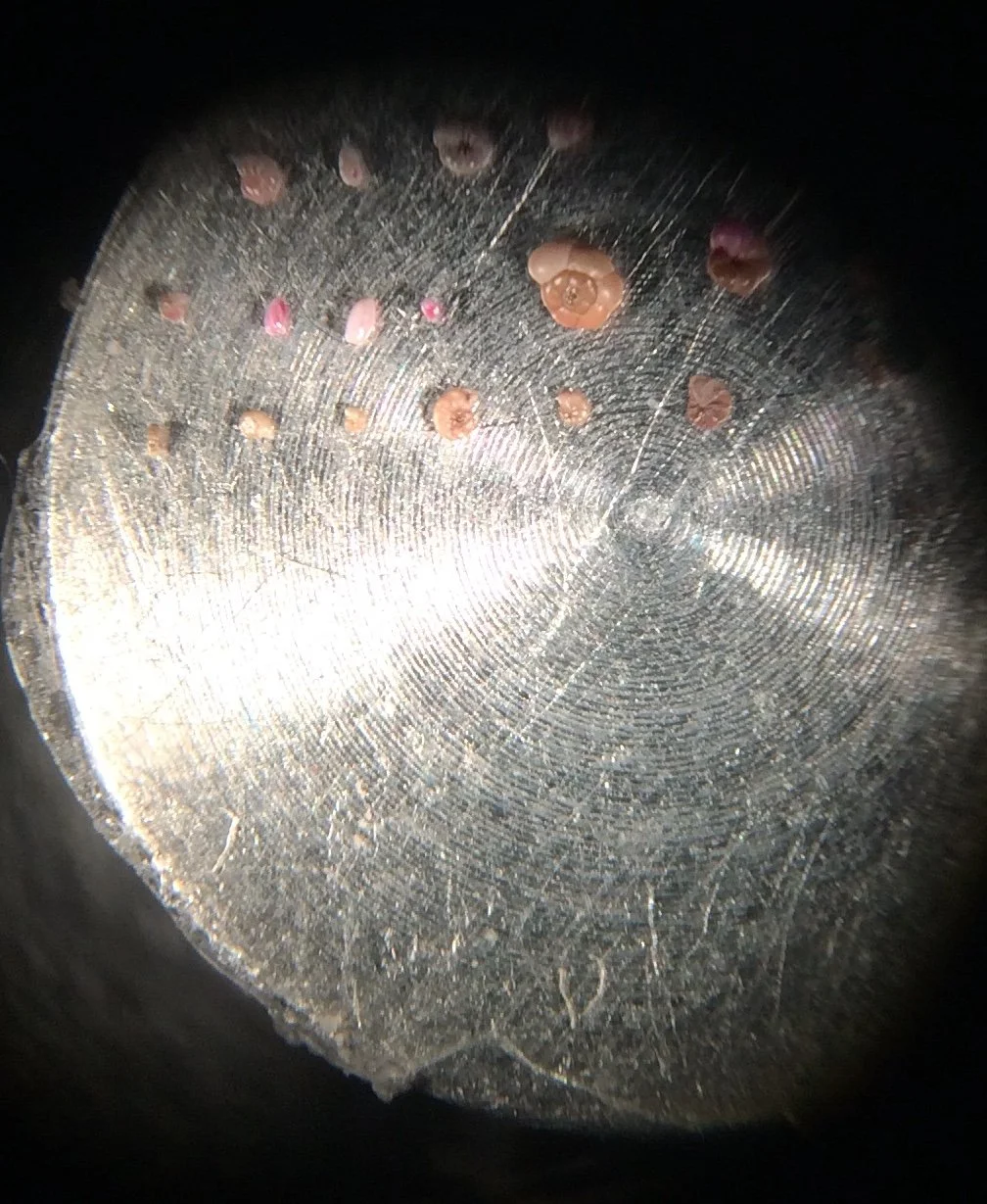
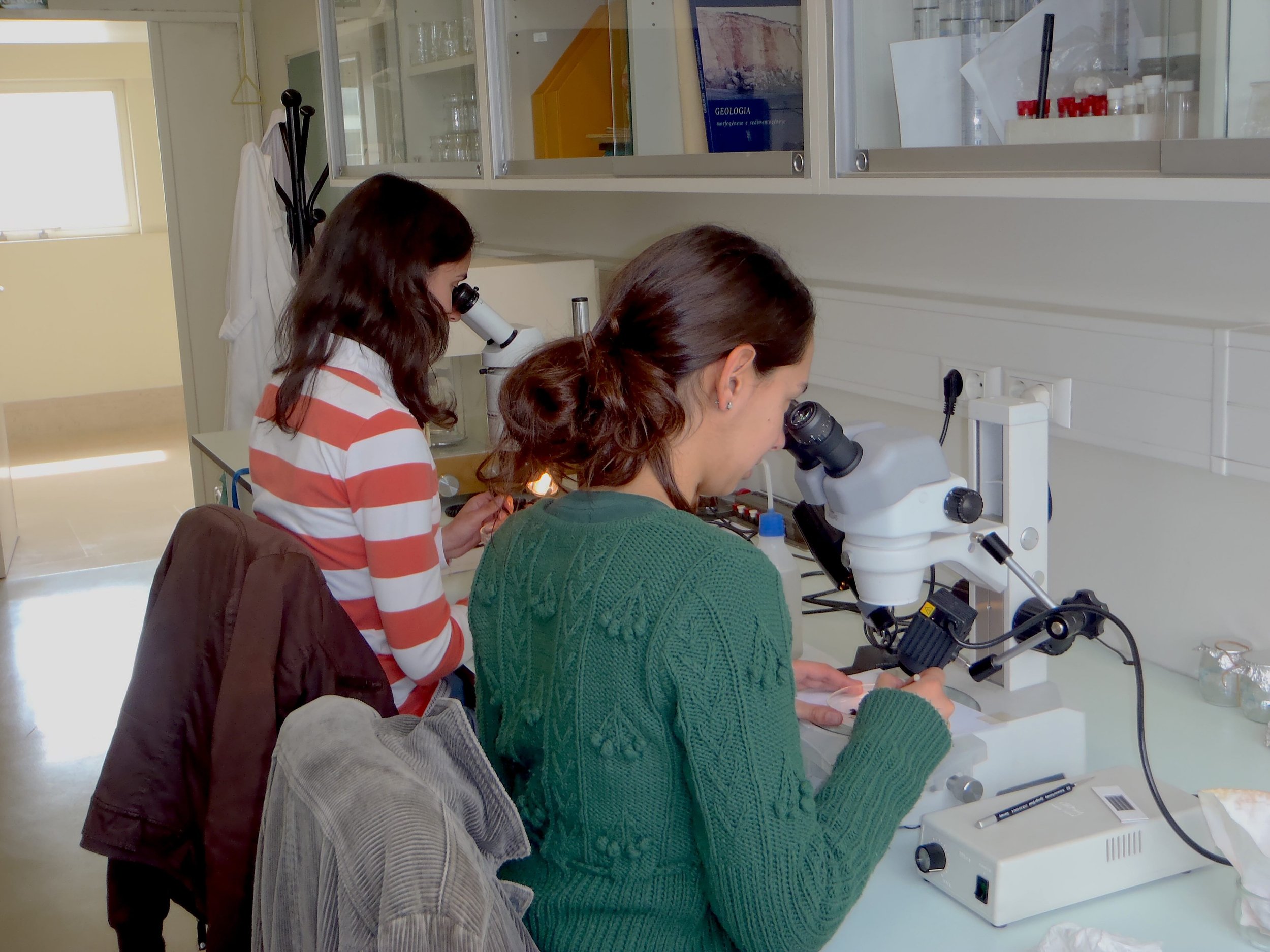

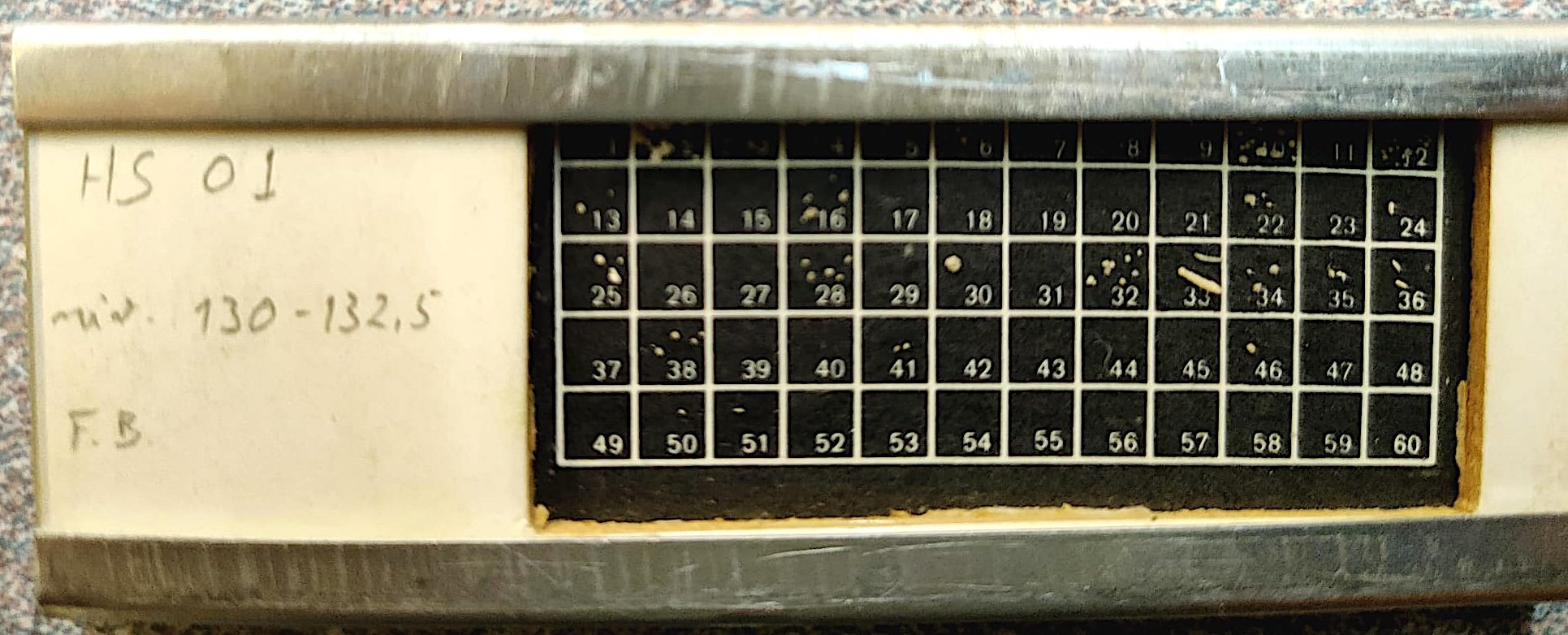
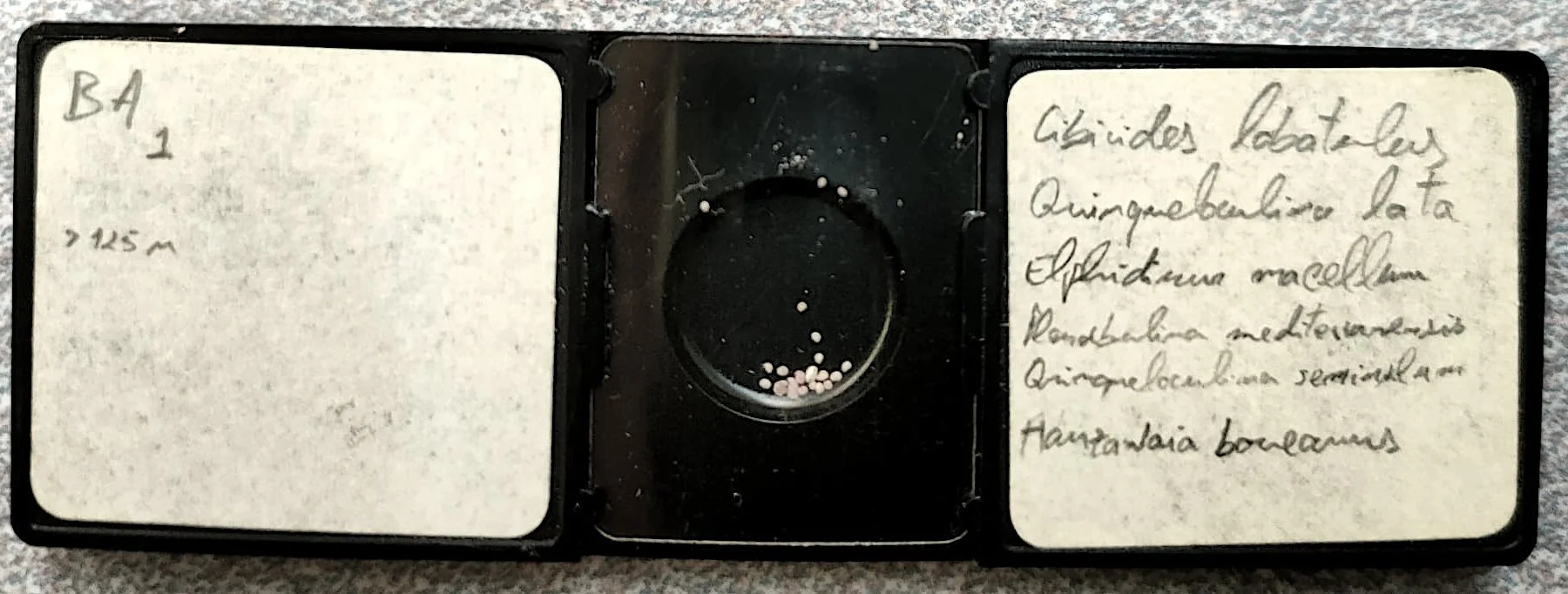


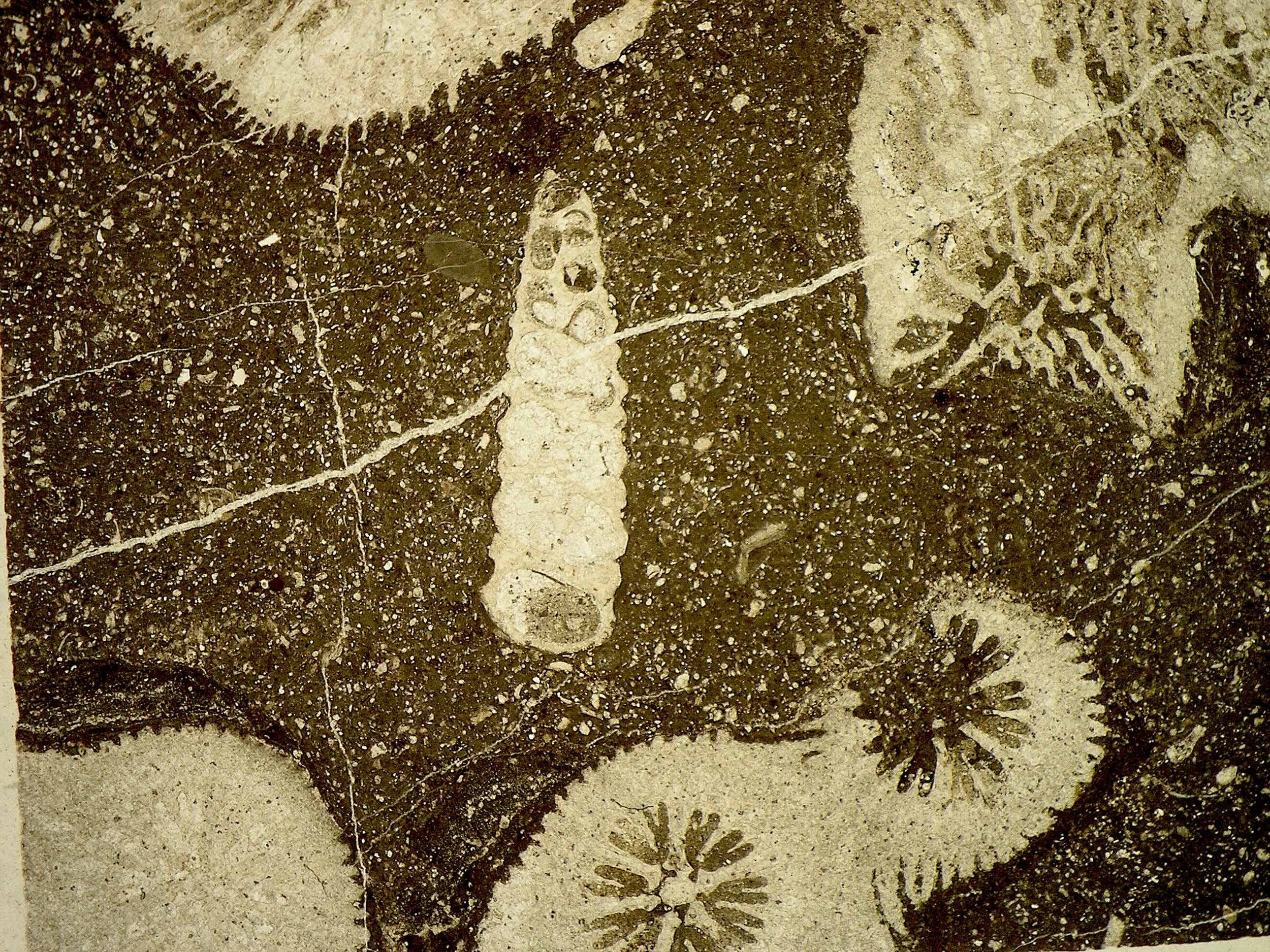
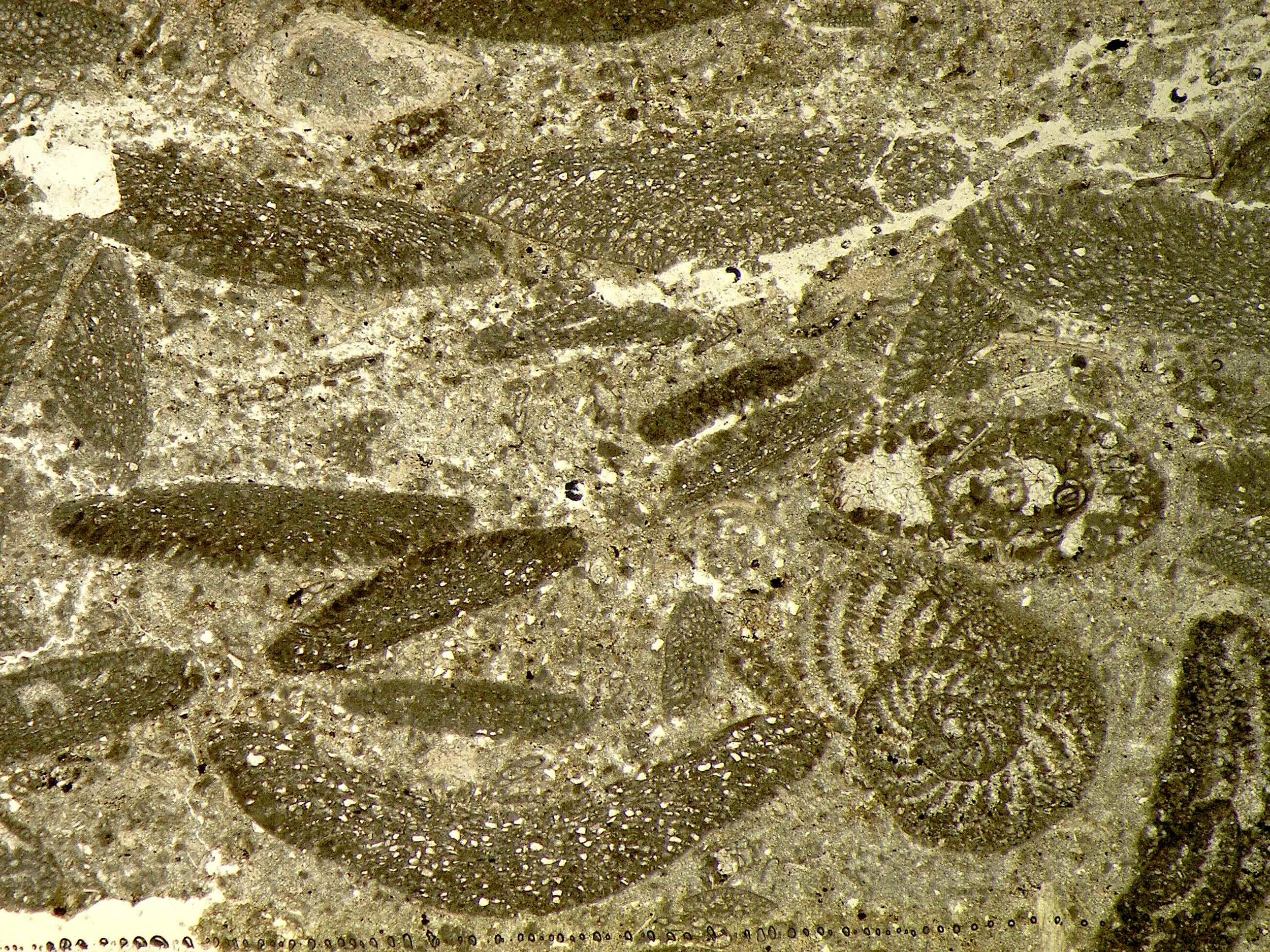
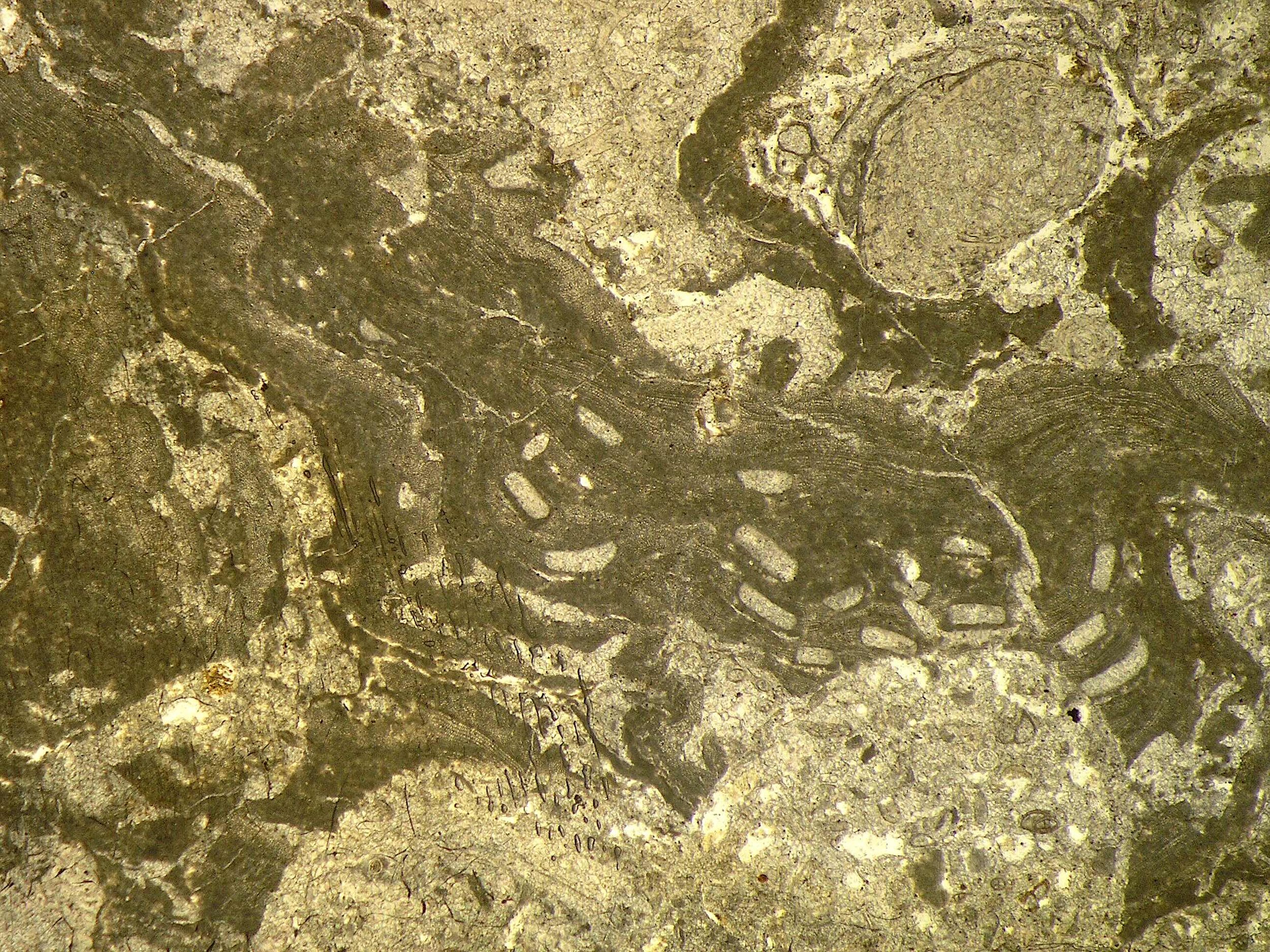


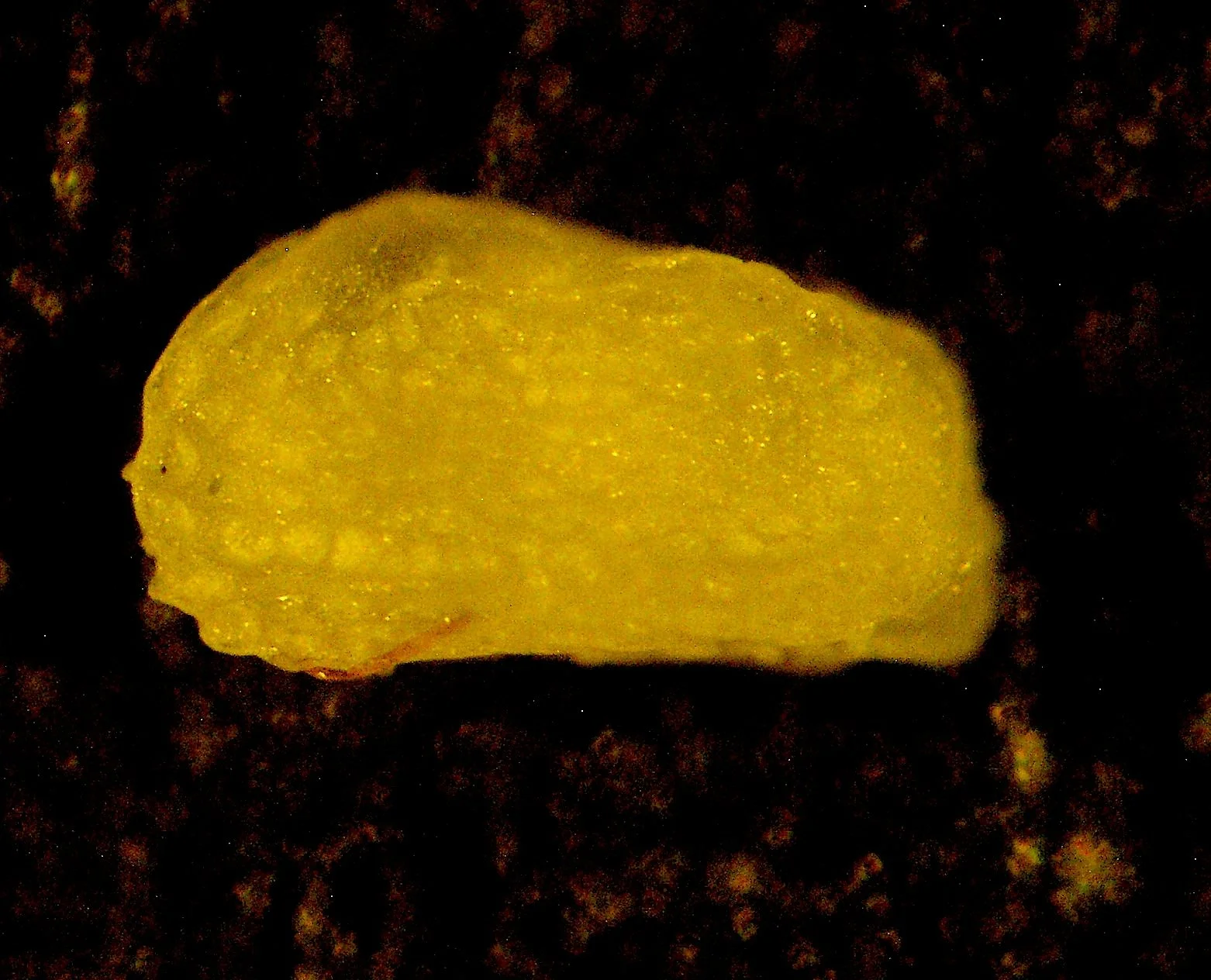

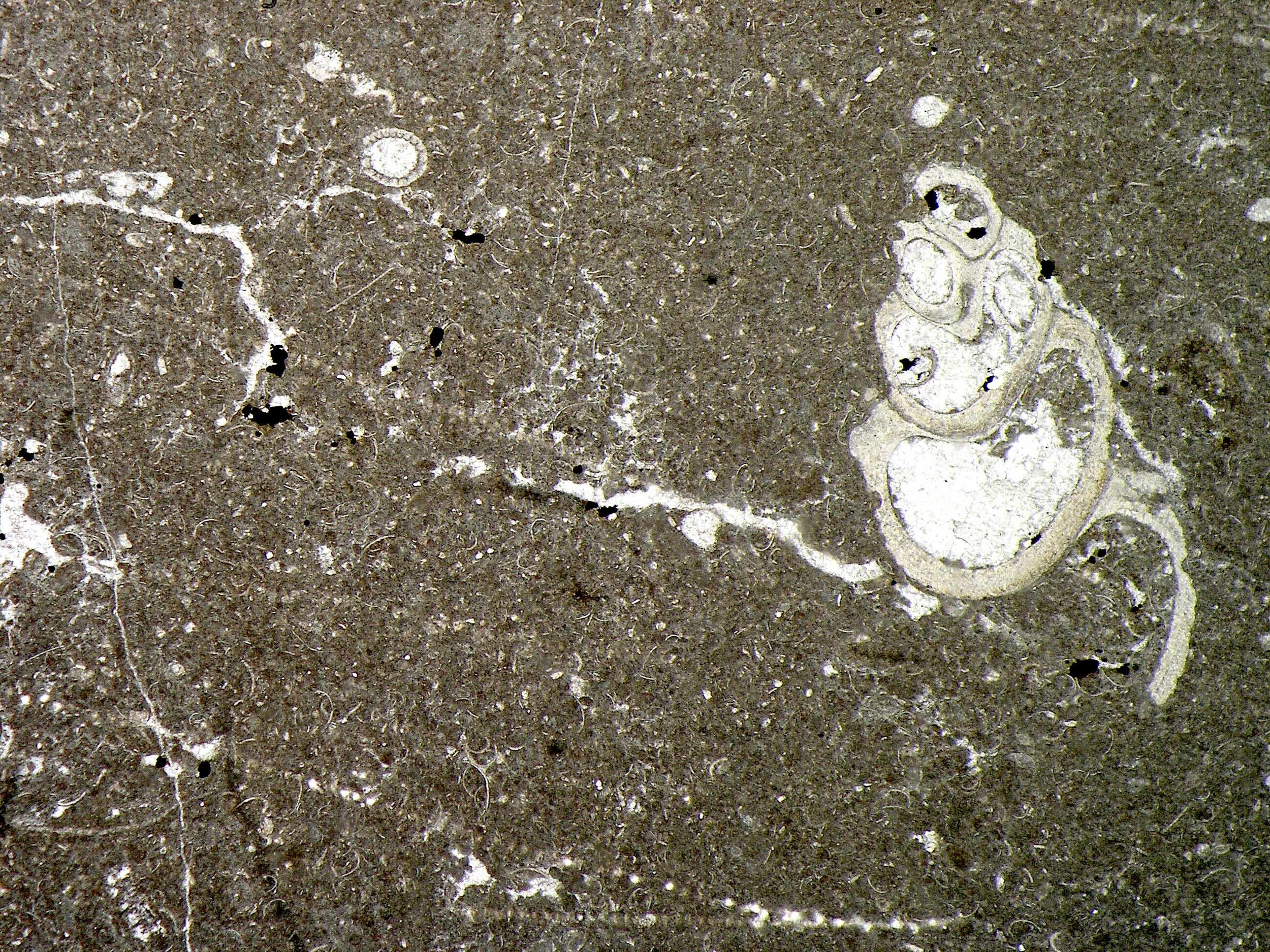
Overview
The Micropalaeontology Laboratory is a crucial facility to carry out analysis of samples for micropaleontological and biostratigraphic studies, namely on Foraminifera, Ostracoda and microfacies of carbonate rocks (thin-sections). This is a dry lab where sediment washing residues (previously obtained in the Stratigraphy laboratory) and thin-sections of carbonate rocks are observed and interpreted. The results and academic achievements of the IDL researchers in this area, as well as many final projects of graduation students, Master and PhD students, as reported in the CVs, depend on this facility.
This laboratory has a close connection with the Stratigraphy laboratory and represents the complementary step from the technical to the scientific formation mainly of PhD and Master students that choose this speciality.
The Micropalaeontology Laboratory is also a privileged space to welcome researchers from other national and international universities and institutes, enhancing the external cooperation network of IDL.
Infrastructure
Petrographic transmission microscopes:
Leica DM LSP
NIKON Eclipse E 400 POL
Olympus BHF
Binocular transmission and reflection microscopes:
Olympus SZX12
Wild HEERBRUGG
Wild HEERBRUGG
Leica Wild M8
Leica S6E
Binocular reflection microscopes:
Olympus SZX12
Olympus SZX12
Main highlights
IIn the past 5 years, the Micropalaeontology Laboratory was the base of 2 final graduation projects involving 7 students; 3 master research project and subsequent dissertations (a fourth one will start soon); 2 international collaboration programs (Brazil and Germany).
Most important achievements that must be highlighted concern: contribution of Foraminifera assemblages data to understand recent climate evolution in the NW of Portugal and to multidisciplinary identification of AD 1755 tsunami deposits in Algarve (onshore and offshore), as well as, for the first time, on the NE coast of Brazil; integration in a broad European study of tidal marshes and their ecological constraints, based on characterization of Ostracoda associations from Portuguese tidal marshes; the ongoing inclusion in the catalogue of the prestigious Senckenberg Natural History Museum of Frankfurt of the most important holotypes and paratypes of the Ostracoda collection (Jurassic, Cretaceous and Holocene specimens), which results from specialist work developed over the last 40 years by a RG3 researcher, including more than 70 new taxa, mostly species; relevant contributions to Portuguese and International Stratigraphy, like high-resolution novel stratigraphic data of regionally significant Cretaceous units and studies related to the establishment of the Toarcian GSSP (Global Stratigraphic Section and Point) at Ponta do Trovão (Peniche).
The laboratory achievements are clearly committed with the public interests, namely considering the contribution to the knowledge of 1) big earthquakes recurrence (natural hazards), 2) the world Geology, Stratigraphy and Earth History and 3) Earth past and present biodiversity and their preservation as a patrimony of Human culture and Natural History.
FUTURE Prospects
The lines described above will continue to be developed, namely ecological characterization of Foraminifera and Ostracoda assemblages from present day tidal marshes, their application as analogues to palaeoenvironmental reconstruction and recent climate evolution, from now mainly applied to the Portuguese southern estuaries. The knowledge of Ostracoda assemblages from the Algarve continental shelf and upper slope will be developed looking for the influence of continental contributions (rainy periods) and Mediterranean circulation. The development of high-resolution and multidisciplinary stratigraphic studies (ostracods, microfacies/ facies analysis), paleoenvironmental and palaeobiogeographical reconstructions of Mesozoic successions from the Lusitanian Basin are also important objectives that depend on the facilities of the Micropaleontology (as well as Stratigraphy Laboratory) laboratory.
The Geology students formation on the field of Micropaleontology and Stratigraphy is a first order societal committment. The contribution of Micropaleontology inside the groups that develop the knowledge about tsunamis occurrence and their public consequences is relevant; and palaeoclimatic reconstructions building knowledge of climate change and related impacts to people and ecosystems, will continue to be a central goal, as well as decoding the Portuguese stratigraphical record and its correlation with global Stratigraphy.
Contact Person
Address
FCUL, Campus
